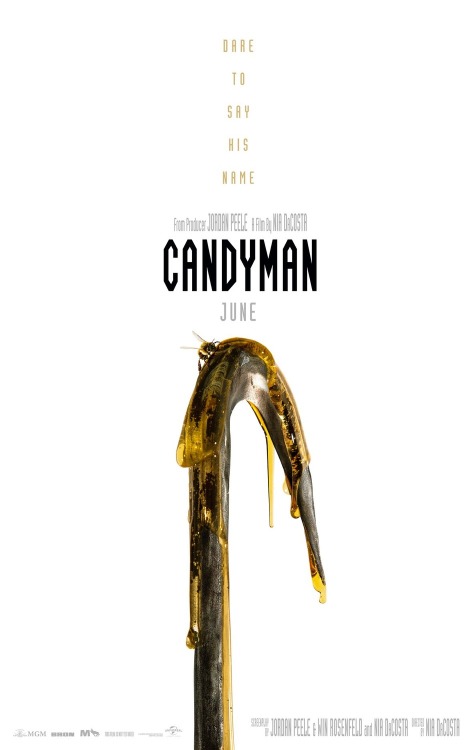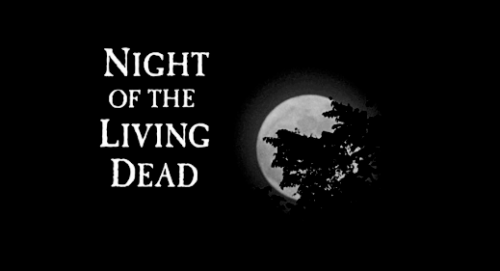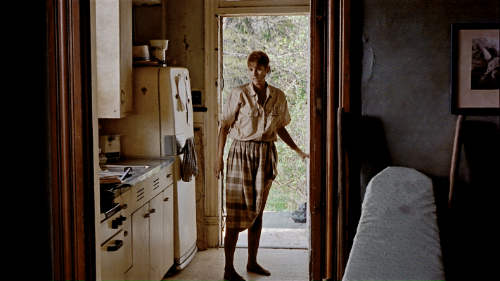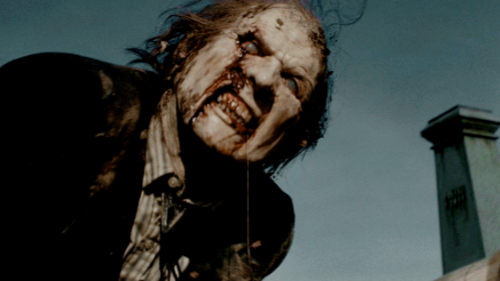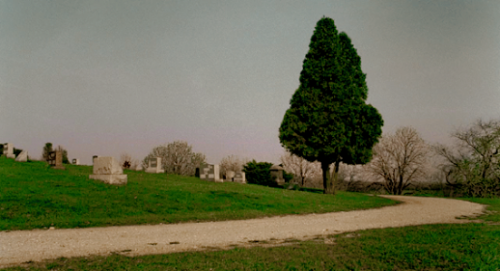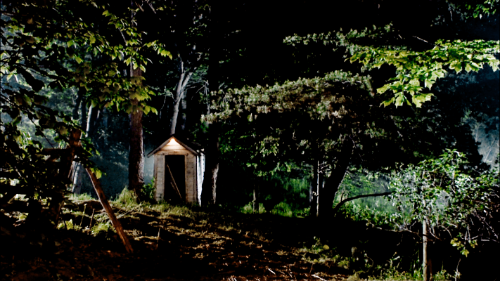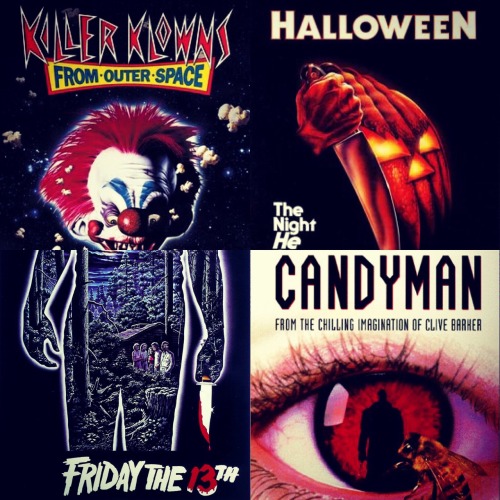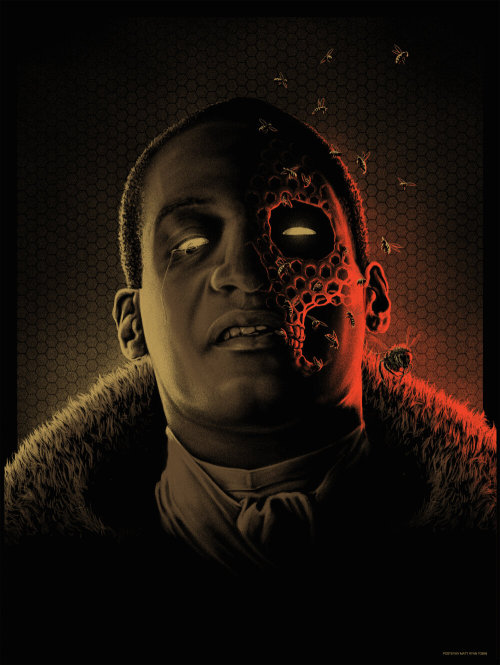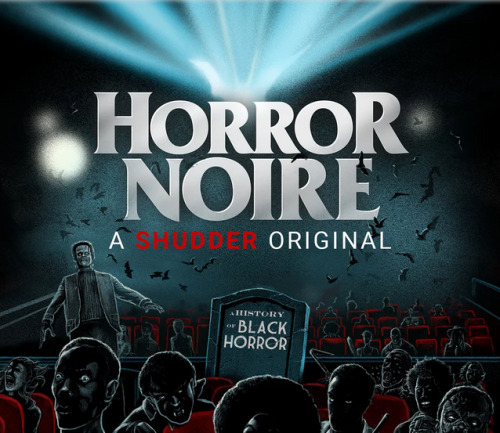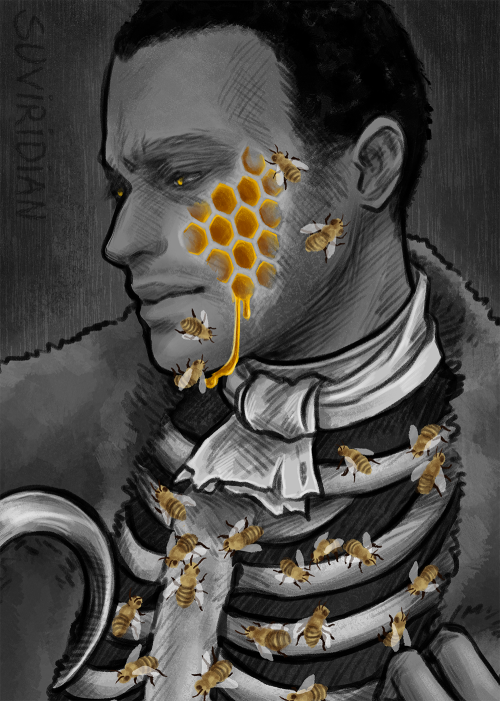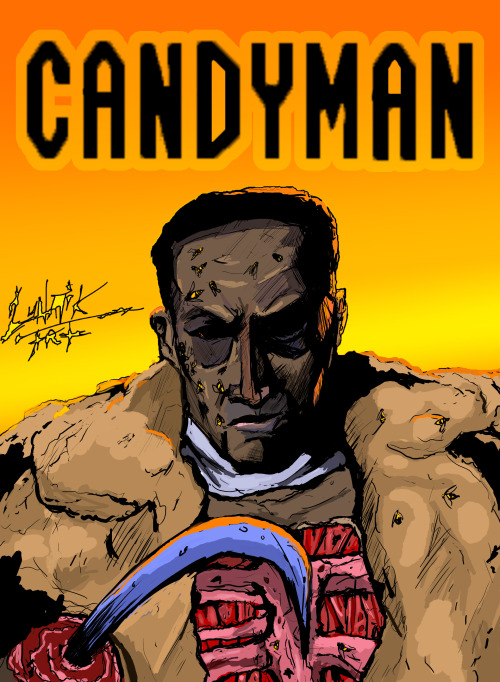#tony todd
Candyman | Official Trailer
Adding Say My Name to the horror movie soundtrack now ….
Tell EVERYONE…





Candyman (2021) and (1992)


Candyman is not only one of the best horror movies of the 1990s, holding its own among game changers like Scream and The Blair Witch Project, it’s also one of the most important. Master of horror Clive Barker laid the groundwork with his short story “The Forbidden,” published in 1985’s Books of Blood: Volume 5. Writer-director Bernard Rose transposed the story into a screenplay — the first he ever wrote! — brilliantly reinventing the Bloody Mary urban legend with a dash of The Hook for good measure.
Candyman works for a variety of reasons, timing paramount among them — although it holds up spectacularly 30 years later. By 1992, the horror genre was in dire need for new blood after being dominated by an influx of slashers with diminishing returns throughout the 1980s. Like Barker’s Hellraiser, Candyman is often lumped in with slashers (mostly due to sequels’ attempts at franchising) but is far more nuanced. Rose’s embracing of familiar elements makes it easily accessible, while the mythological aspects bleed into the narrative, leaving some plot points ambiguous.

Arriving in a time of racial unrest, Candyman was released mere months after the Rodney King riots. It’s impossible to discuss the film without addressing its racial themes, including a rare Black horror icon in Tony Todd. Its urban Chicago setting is a dynamic contrast to the secluded suburbia of predecessors like Halloween, Friday the 13th, and A Nightmare on Elm Street. Child’s Play is also set in Chicago, but Candyman adds another dimension of danger with on-location filming at Cabrini-Green, a public housing project notorious for its gang activity.
In the film, Helen Lyle (Virginia Madsen, Sideways), a graduate student working on her thesis in urban legends, learns about Candyman (Todd), a vengeful spirit that allegedly kills anyone who says his name five times in front of a mirror. The titular antagonist doesn’t appear until 45 minutes into the 101-minute runtime, and his total screen time is under 10 minutes, but his presence is felt throughout. Candyman’s singular introduction is almost perfunctory — a wide shot in a parking garage, backlit by daylight — yet carries undeniable weight.

Like Frakenstein’s monster and many of the other best boogeymen, Candyman is rooted in tragedy. He also shares a seductive magnetism with Helen, who is otherwise presented as virtually androgynous; never sexualized even in nude scenes. Madsen delivers one of the most vulnerable horror protagonist performances of the era. She underwent hypnosis for certain shots, resulting in a glassy-eyed, vacant state.
The support casting includes Xander Berkeley (Terminator 2: Judgment Day) as Helen’s oily husband, Kasi Lemmons (The Silence of the Lambs) as Helen’s research partner and confidant, Vanessa Williams (who reprised her role in last year’s reboot) in a small but powerful part as a mother whose infant is kidnapped, Michael Culkin (who, other than Todd, is the only recurring character in the second and third installments) as a pompous academic, and Ted Raimi (Evil Dead II) going against type as a leather jacket-clad stud in the cold open.

Director of photography Anthony B. Richmond (Legally Blonde, Don’t Look Now) gives the film something of a neo-gothic atmosphere, with graffiti-laden projects in place of a haunted castle. The influential Philip Glass’ (The Illusionist, Koyaanisqatsi) score, consisting of choral voices, organ, and piano, is used sparingly but effectively. Bob Keen (Hellraiser, Highlander) crafts the special effects.
Candyman has been newly mastered in 4K from the original negative, supervised and approved by Rose and director of photography Anthony B. Richmond, presented in Dolby Vision HDR with Dolby Atmos audio for Scream Factory’s 4K Ultra HD release. The three-disc set includes both the R-rated theatrical cut and the uncut version (featuring HD inserts from an archival print) on 4K UHD and Blu-ray. From bees to bonfires, the film has never looked better.

Four audio commentaries are included, each of which covers different ground. A cast and crew track from the 2004 DVD features Rose, Barker, Todd, Madsen, Lemmons, and producer Alan Poul. They were recorded separately then edited together, so it’s rarely scene specific, but there’s no shortage of wisdom from all involved. Another commentary finds Rose with directors Adam Green (Hatchet) and Joe Lynch (Wrong Turn 2), recorded as part of The Movie Crypt podcast’s 48-hour charity marathon in 2016. The hosts’ sleep deprivation doesn’t affect their enthusiasm, leading to an entertaining conversation among filmmakers.
Rose and Todd’s commentary from the 2018 Blu-ray release is a fun one. They share some anecdotes, but since everything you’ve ever wanted to know about the production is covered elsewhere, the highlights of the track are their casual conversations. They riff on movies (Todd wasn’t impressed by Avengers: Infinity War but likes A Quiet Place; they both sing the praises of The Devils, Don’t Look Now, and Get Out), fame, social media, and race. Film historians Stephen Jones and Kim Newman’s track, also from the 2018 Blu-ray, is a casual yet analytical look at the film. Both participants are friendly with Barker from the literary world. They also compare and contrast the film with the original story, which differs significantly, and even point out plot holes.

The set features a new, 15-minute interview with Williams, who’s able to discuss the legacy of the original film with the context of Nia DaCosta’s reboot. There are also archival interviews with Todd (two, in fact), Madsen, Lemmons, actor DeJuan Guy, production designer Jane Ann Stewart (The Descendants, Sideways), Keen, and special makeup effects artists Gary J. Tunnicliffe and Mark Coulier. No one has a single negative thing to say about the production, the final product, or anyone involved.
Other extras include: “Urban Legend: Unwrapping Candyman,” a fascinating, critical analysis from Black perspectives by writers Tananarive Due and Steven Barnes; “A Story To Tell: Clive Barker’s The Forbidden,” in which Douglas E. Winter, writer of the biography Clive Barker: The Dark Fantastic, dissects the source story; “Sweets to the Sweet: The Candyman Mythos,” a 2004 featurette with ample insight from Rose, Barker, Todd, Madsen, Lemmons, and Poul; “Clive Barker: Raising Hell,” which serves as a brief crash-course in the works of Barker featuring the man himself; Rose’s storyboards; the theatrical trailer; three TV spots; a still gallery; and the original script (accessible via BD-ROM).
Candyman is available now on 4K Ultra HD via Scream Factory.

day 31: Candyman
last day! loved doing this challenge
Shudder’s new documentary called Horror Noire: A History of Black Horror
Directed by Xavier Burgin, executive produced by Dr Robin R Means Coleman, author-educator Tananarive Due
Post link

spooky tuesday is a (now not so new!) podcast where we’re breaking down all of our favorite slashers, thrillers, monster movies and black comedies on the new scariest day of the week.
hope everyone has their “rocky mountain high” hit clips ready, because we’re traveling back to the start of the new millennium to kick off our final destination summer! that’s right: we’re heading all the way back to the beginning with final destination (2000), and we’ll be covering one of the sequels every month for the next five months. no spoilers though!!! not all of us have seen every movie in the franchise, but we can’t wait to hide behind our hands and cringe our way through each and every agonizing death to come.
give spooky tuesday a listen on apple podcasts, spotify, iheart radio, or stitcher
It’s ok I needed a new one!! I printed this from cvs and it was only $10!! Just for when you can’t find exactly what you want!!!

Come with me and be immortal

Slasher hands ✋

It’s DaCosta… Nia DaCosta’s Candyman

